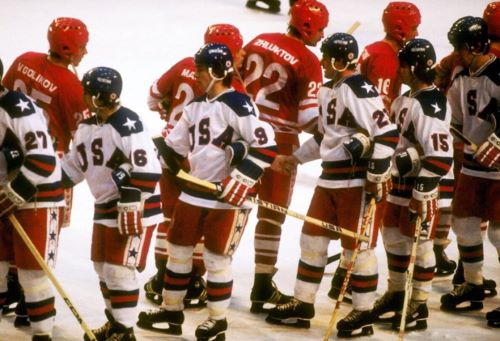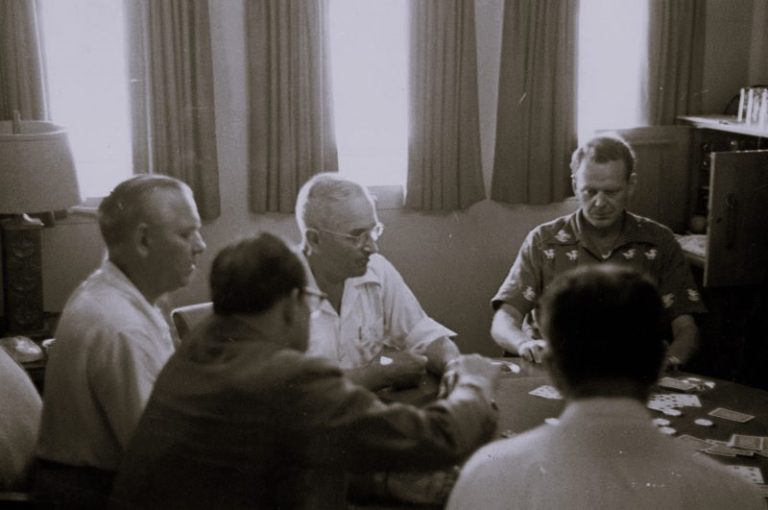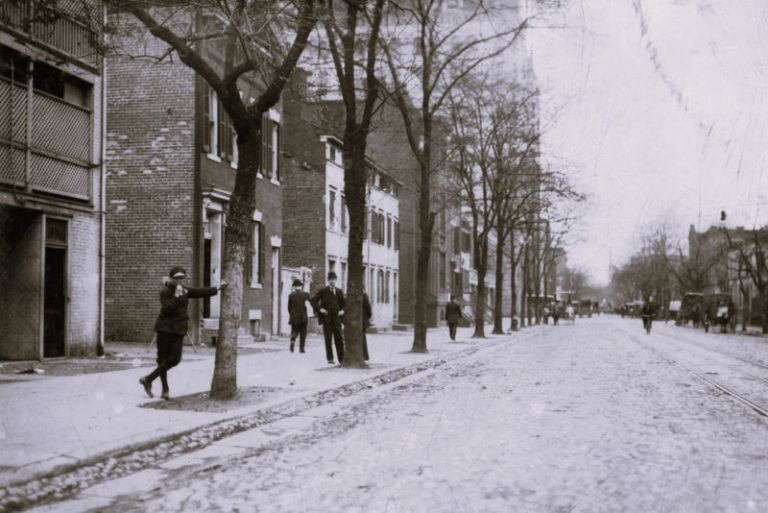

American sports have long been more than just games; they have served as cultural ambassadors and instruments of diplomacy. This article delves into the unique role sports have played on the global stage, especially during pivotal historical moments like the Cold War.
Through detailed examination, we explore how the U.S. used sports as a conduit for spreading its ideals, engaging in ideological battles, and enhancing its international image through what is often termed as ‘soft power.’
The Genesis of Sports Diplomacy: Historical Context and Intentions
The journey of American sports into international realms began with a simple premise: to promote goodwill and share American values worldwide. However, this initiative soon took on a more complex role during the Cold War era.
Sports evolved beyond mere games; they became a strategic tool in the U.S.’s diplomatic arsenal. This period marked the beginning of using sports not just for competition but as a means to influence other nations subtly and spread ideological influences without the need for military intervention.
Sports in the Cold War – Clash of Titans: USA vs. USSR
During the height of the Cold War, sports transformed into arenas of power and cultural display, not unlike the proxy wars or the Space Race. The U.S. and the Soviet Union, the two superpowers, engaged in fierce competitions, be it in the hockey rink or the Olympic stadiums.
These contests were less about the sport and more about demonstrating superiority and national pride. The development of state-sponsored programs to train athletes in both countries was not just about winning medals but showcasing their national culture and technological advancements through sports.
Sports as Soft Power: American Athletes on the Global Stage
The concept of soft power, coined by Joseph Nye, emphasizes the ability of a country to coax and persuade others to do what it wants without force. American athletes, known for their prowess and presence, became key players in this strategy.
By participating in international games and seasons, these athletes not only expanded the market for American sports but also served as living examples of American culture and values, thus enhancing the U.S.’s soft power globally.
The Role of Olympic Boycotts: Political Protests Through Sports
Olympic boycotts have served as a potent political statement, starting significantly with the 1980 Moscow Olympics. The U.S., protesting against the Soviet invasion of Afghanistan, led a boycott where over 60 countries abstained from participating.
This not only marred the games but also sent a clear message of dissent against Soviet policies. The retaliation by the USSR and its allies was swift, with a subsequent boycott of the 1984 Los Angeles Olympics, highlighting how deeply interwoven sports and politics had become.
The Voice of the Fans: American Cultural Integration
The real sports fans in the USA underscore the cultural depth and passion that sports embody in American society. Their fervor and support reflect how sports, beyond just being games, are integral to expressing and reinforcing American values and influence. This passionate engagement is crucial for maintaining the influence that the U.S. wields through sports on the international stage.
For more insights on sports diplomacy and other related topics, click here if you’re a sports fan looking for new chances. As sports continue to play a vital role in international relations, understanding their historical and cultural impact remains essential.
Ideological Battles Through Sports: Showcasing Economic and Cultural Superiority
Luca Signore, a history teacher, emphasized the broader implications of sports, stating, “Sports are a microcosm in which countries compete and it’s a show of their economic development.”
“During the Cold War, the U.S. and Soviet Union were competing in everything, whether it was going to the moon first or winning in hockey.”
This observation highlights how sports events served as a stage not only for athletic competition but also for demonstrating a nation’s economic and technological prowess.
The ideological battles between the U.S. and the Soviet Union were vividly displayed in sports, where each sought to prove their system’s superiority through the physical and strategic excellence of their athletes.
Diplomatic Influence and Legitimization: Global Legitimization Through Sports
Sports events provided a platform for the U.S. to not only assert its dominance but also to
enhance its legitimacy and image on the world stage. By excelling in international sports, the U.S. could portray a positive image of its society and values, indirectly influencing other nations and garnering support or sympathy for its political and ideological stances.
This form of engagement through sports allowed the U.S. to forge stronger relations and exert influence without overt political or military interventions.
State-Sponsored Athletic Programs: Nurturing Athletic Talent for National Pride
Both the United States and the Soviet Union invested heavily in developing state-sponsored athletic programs. These programs were designed not merely to enhance the physical capabilities of athletes but also to serve as a reservoir of national pride and cultural representation.
By meticulously nurturing their athletes, both superpowers aimed to ensure that their sportsmen and sportswomen were not only competitive but also emblematic of their country’s strengths and values.
The Cold War Sports Arena: Proxy Competitions in Sports
The sports arena during the Cold War sometimes mirrored the intense political and military confrontations happening globally. Just as nations competed for technological superiority in space or military prowess in proxy wars, the sports competitions became another front where ideological and nationalistic battles were fought. This added a layer of complexity to sports, transforming them from mere games to events loaded with political and ideological significance.
Conclusion and Looking Forward: The Ongoing Influence of Sports in Diplomacy
The historical use of sports as a tool for diplomacy and soft power has set a precedent that continues to influence international relations today. As global dynamics evolve, the strategic use of sports in diplomacy remains relevant, providing a non-aggressive method to influence and engage with other countries. The legacy of using sports as a means of soft power highlights the need for continued investment in sports as a form of cultural and diplomatic engagement, ensuring that the lessons learned during the Cold War continue to inform current and future strategies.


